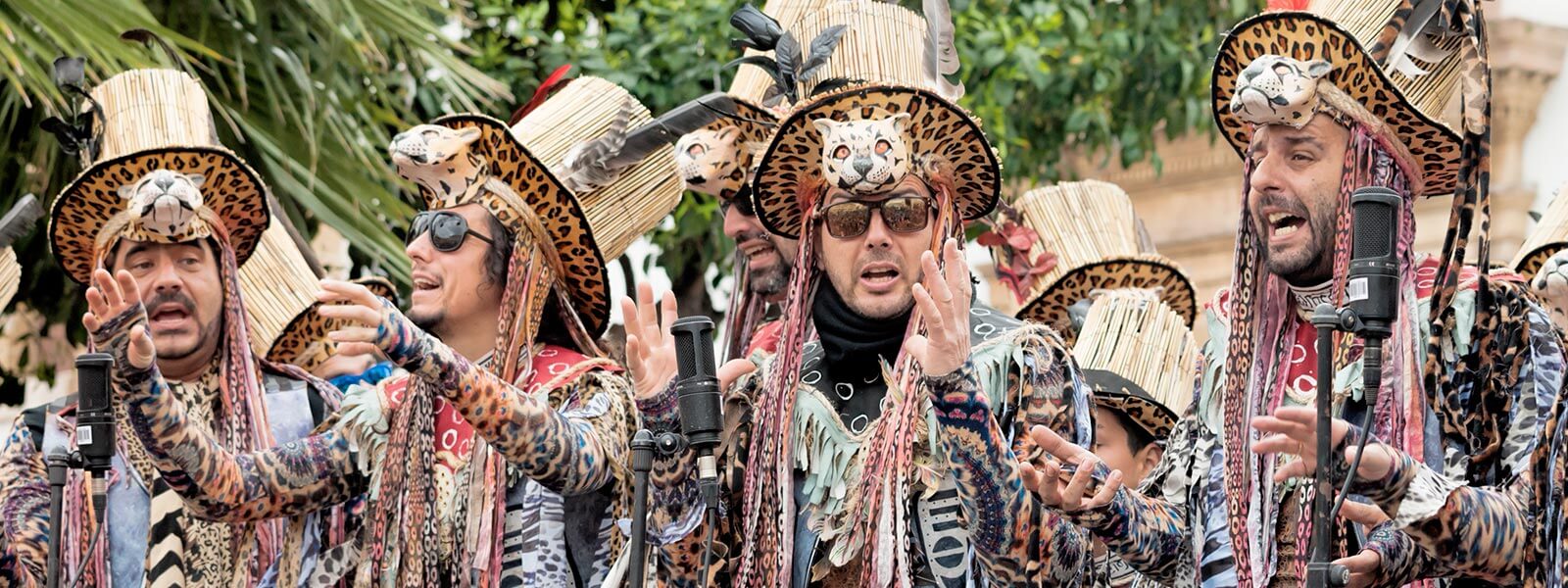
Only recently have we started celebrating Halloween in Spain. True: it is not an official holiday, and some people don’t like it because it is “imported” or “disrespectful to the dead;” but it is also very popular and it becomes more so every year. In fact, it has been accepted to the point where, slowly, it has been “Hispanized.” Why is Halloween having so much success in Spain? We’ll tell you some of the reasons, both philosophical and practical.
Some talk about the “historical restoration of the celebration”. Apparently, children used to walk on the eve of All Souls’ Day from door to door, carrying lamps and asking for food in some towns of Galicia and Asturias in the XVIII century: this is not a terribly well documented fact, but in its favor we could argue that there is a deep-rooted sense of belonging in the northern region of Spain to the Celtic culture, within which Halloween would have originated.
Others prefer to talk about that curious Latin condition to joke about death and to not consider it a particularly serious matter. We would laugh of our fear of death, and, almost as if we were on death row, we would make the most of the night before the Day of the Dead to organize parties and, ironically, enjoy life. It’s a pretty complicated affair, and one that could easily be rebuffed by those who feel that the Day of the Dead is something too serious to meet up with some friends in a night club.
The argument put forward by some academics and family men alike is more pragmatic – and certainly more coherent. They see Halloween as a good alternative to Carnival for various reasons: children love to dress up, but to do it in February (the usual time for Carnival) entails doing it in the middle of the winter, when it can be uncomfortably cold in some Spanish cities. Halloween is in October, and at that point temperatures have not yet fallen so steeply and there is more daylight (ideal for a short afternoon party in the courtyard).
There is also the fact that the following day is a national Holiday: you can go out until late at night on the evening of October 31, and even meet some friends without having to worry about the following day. As a matter of fact, if the calendar suits the occasion, you could even take the day off work and enjoy the holiday twice as much (yes… one of those renowned Spanish long weekends).
A strange phenomenon on these latitudes is that Halloween is borrowing practices from other times of the year: we don’t quite know whether it is related to the weather or to Spanish nature, largely fond of mixing. For instance, in some cities children don’t ask for “trick or treat” but rather for aguinaldo (a small sum of money), which is a tradition closely linked to Christmas; similarly, some night clubs and bars offer their customers a Halloween cotillón (one dance, during which a bag with a selection of party gifts is presented to the people), which, until recently, was something done only on New Year’s Eve. Actually, the story goes that, in some places, instead of candy there is turrón (remember that this is the Christmas sweet par excellence in Spain, a nougat of sorts that starts being available in shops from October onwards).
And that is even before considering that, sooner or later, you are bound to meet someone dressed up as a matador in a Halloween party. Oh,well. Never mind. These are the kind of things that bring the celebration closer to home! So have a great Halloween – I mean, Eve of the Day of the Dead!
-
 Christmas decorations in Spain How are Christmas decorations in Spain? Look at this post and know the curiosities of Spanish houses and their traditions
Christmas decorations in Spain How are Christmas decorations in Spain? Look at this post and know the curiosities of Spanish houses and their traditions -
 Cadiz carnival: A brief history Discover the Carnival of Cádiz, the most popular party in the city of Andalusia, which has the funniest and most naughty songs you've never heard before.
Cadiz carnival: A brief history Discover the Carnival of Cádiz, the most popular party in the city of Andalusia, which has the funniest and most naughty songs you've never heard before. -
 How to construct a ‘falla’ Valencia celebrates its most popular party in style, that of ‘Las Fallas’. It is a celebration based on fire and fireworks. Discover this party
How to construct a ‘falla’ Valencia celebrates its most popular party in style, that of ‘Las Fallas’. It is a celebration based on fire and fireworks. Discover this party

